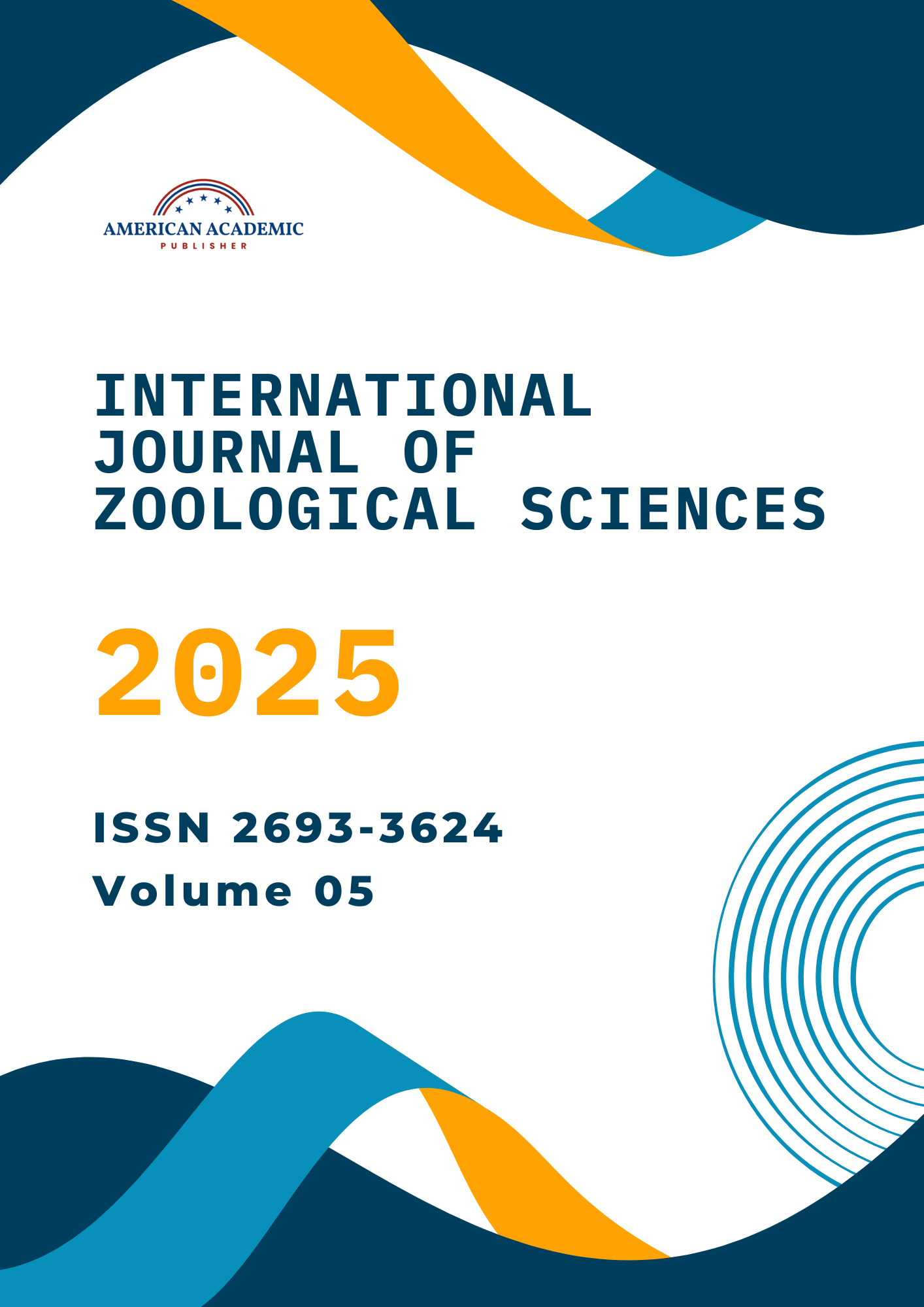Island ecosystems are renowned for their unique biodiversity, often harboring endemic species that are particularly vulnerable to environmental changes and anthropogenic pressures. The Tuscan Archipelago, a biogeographically significant island group in the Mediterranean, is home to Bombus xanthopus (Kriechbaumer, 1870), a bumble bee subspecies traditionally considered endemic to Corsica and Capraia. Its distinctive color pattern has long been a primary identification criterion. This article presents an integrative taxonomic approach, combining detailed morphological examination of color patterns with molecular DNA barcoding (cytochrome c oxidase subunit I, COI), to re-evaluate the distribution, genetic diversity, and conservation status of B. xanthopus across the Tuscan Archipelago. Our analysis reveals that the characteristic color pattern, while useful, can exhibit variation and potential overlap with other Bombus terrestris subspecies or hybrids. Crucially, DNA barcoding provides robust species delimitation, confirming the presence of B. xanthopus on multiple islands beyond its previously recognized range, suggesting a wider distribution within the archipelago. This expanded understanding of its geographical range and genetic structure is vital for informed conservation strategies, particularly in light of potential threats from introduced Bombus terrestris populations, including competitive exclusion, pathogen spillover, and hybridization. The findings emphasize the indispensable role of integrative taxonomy in accurately assessing biodiversity and guiding effective conservation efforts for insular endemic species.

